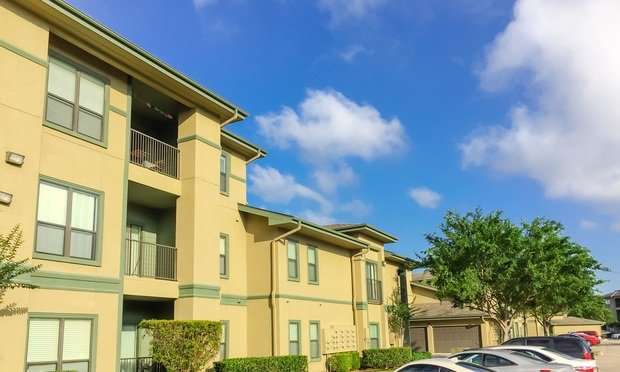
Why Rents in U.S. Suburbs Aren't Falling as Fast as Cities
Once an escape from city prices, suburbs now present a challenging financial landscape for renters.
Why Rents in U.S. Suburbs Aren't Falling as Fast as Cities
From cities to suburbs: The pandemic saw many professionals with remote work opportunities move from city apartments to the suburbs. Driven by factors like high mortgage rates, increased home prices, and urban concerns such as crime, there's been a noticeable preference for extended renting in suburban areas. Consequently, while city rents rose by 20%, suburban rents surged by 27% since March 2020.
Suburban rents outpacing urban growth: Certain suburbs of cities like Atlanta, Detroit, and Seattle experienced rent jumps ranging from 15% to 21%. Over the pandemic's duration, suburban rent growth surpassed city rent growth by approximately 8 percentage points, marking an unprecedented peak. Although suburban rents remain lower on average, the difference has dwindled from 12% in 2019 to just 5.8% in 2022.
The impact of rising home prices: Skyrocketing home prices also play a crucial role in the altered rental landscape. With median home prices exceeding $400,000 and mortgage rates increasing, the typical American finds homeownership less attainable. Consequently, many opt for longer rental durations, reducing the available apartments for newcomers.
Rental construction lags behind demand: Another critical factor is the significant rental unit shortage that predates the pandemic. While the U.S. faced a deficit of approximately 6.8 million affordable rentals in early 2020, construction has since attempted to bridge this gap. Data from 2023 indicates that nearly a million new apartment complexes are underway, aiming to alleviate the shortage over the next couple of years.
➥ THE TAKEAWAY
Why it matters: The traditional gap in rental prices between city centers and suburbs is shrinking. Factors like pandemic-driven migration, soaring home prices, and a shortage of rental units play pivotal roles in this transformation. As new constructions progress, experts anticipate a cooling down of rent hikes, but the changing face of rental economics hints at a more balanced urban-suburban rental landscape in the future.
Source: Why Rents in U.S. Suburbs Aren’t Falling as Fast as Cities
https://www.creconsult.net/market-trends/why-rents-in-u-s-suburbs-arent-falling-as-fast-as-cities/
No comments:
Post a Comment